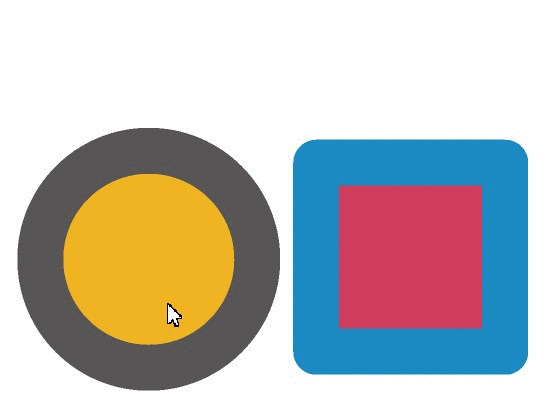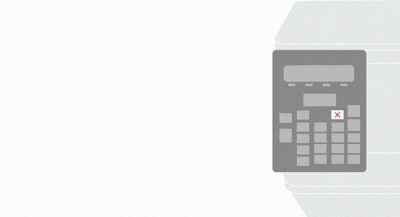

A Polygon, representing a region of space, defined by its boundary, a polyline with coincident starting and ending vertices.Ī variety of more complex shapes may be supported:.A Polygonal chain or polyline, a connected set of line segments, defined by an ordered list of points.A Line segment, defined by two end points, allowing for a simple linear interpolation of the intervening line.The fundamental geometric primitives are: Because it is a regular shape, a square could also be defined by the location of one corner, a size (width=height), and a rotation angle.
#ANIMATED GIF ICONS PRINTER SOFTWARE#
For example, a square can be unambiguously defined by the locations of its four corners, from which the software can interpolate the connecting boundary lines and the interior space. Because almost all shapes consist of an infinite number of points, the vector model defines a limited set of geometric primitives that can be specified using a finite sample of salient points called vertices. The logical data model of vector graphics is based on the mathematics of coordinate geometry, in which shapes are defined as a set of points in a two- or three-dimensional cartesian coordinate system, as p = ( x, y) or p = ( x, y, z). This can lead to some confusion in disciplines in which both meanings are used. Vector graphics are based on the mathematics of analytic or coordinate geometry, and is not related to other mathematical uses of the term vector, including Vector fields and Vector calculus. Some application domains, such as Geographic information systems (GIS) and graphic design, use both vector and raster graphics at times, depending on purpose. Thus, it is the preferred model for domains such as engineering, architecture, surveying, 3D rendering, and typography, but is entirely inappropriate for applications such as photography and remote sensing, where raster is more effective and efficient. While vector hardware has largely disappeared in favor of raster-based monitors and printers, vector data and software continues to be widely used, especially when a high degree of geometric precision is required, and when complex information can be decomposed into simple geometric primitives.

Vector graphics are an alternative to raster graphics, each having advantages and disadvantages in general and in specific situations. These mechanisms may include vector display and printing hardware, vector data models and file formats, and software based on these data models (especially graphic design software, Computer-aided design, and Geographic information systems).

Vector graphics, as a form of computer graphics, is the set of mechanisms for creating visual images directly from geometric shapes defined on a Cartesian plane, such as points, lines, curves, and polygons. Example showing effect of vector graphics versus raster graphics


 0 kommentar(er)
0 kommentar(er)
